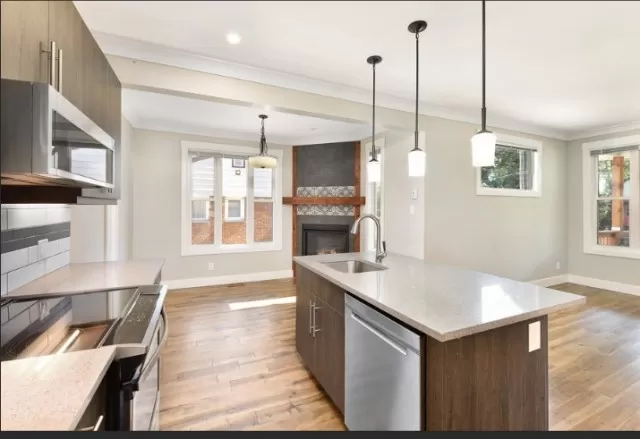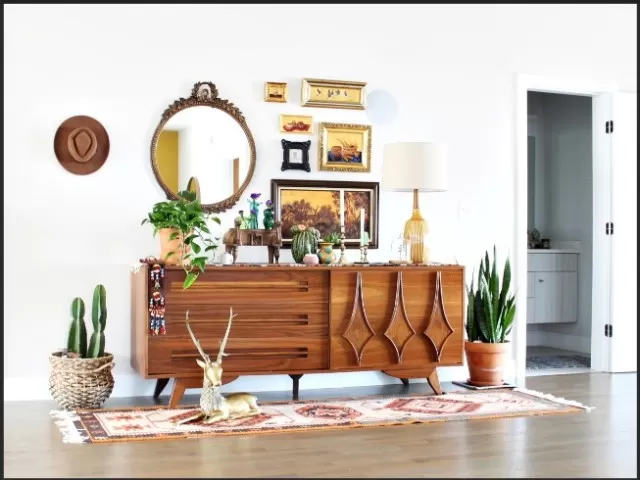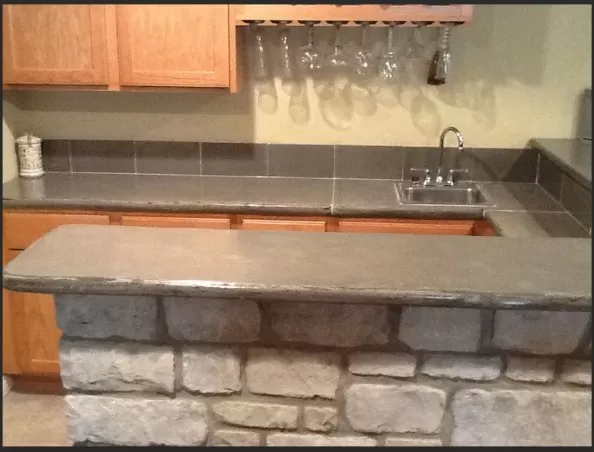Home Features That Might Become Frustrations in a Decade.When it comes to designing your living space or making unique additions to your home, it’s crucial not to get ensnared by choices that may not prove to be valuable investments over the long haul.
Trends in interior design come and go, but some timeless principles can help you create a space that stands the test of time and retains its appeal for years to come. Making thoughtful and lasting decisions will ensure that your home remains a comfortable and aesthetically pleasing haven, regardless of the changing tides of style.
The Pitfalls of Chasing Design Trends and Home Renovation Regrets

Home renovation and interior decorating projects are undeniably thrilling endeavors, brimming with creative possibilities.
However, it’s essential to exercise caution when chasing after the latest design trends, as the excitement of the moment can lead to regrets down the road.
One of the primary concerns is that what appears stylish and cutting-edge today might become outdated and less functional within a decade.
The very elements that once captivated you could lose their allure, leaving you with a space that no longer suits your preferences or lifestyle.
Furthermore, there’s the financial aspect to consider.
Home renovations, even modest ones, often entail a significant investment in terms of both time and money. Unless you’re planning these changes for your “forever home,” it’s crucial to contemplate the potential return on investment when you eventually decide to sell.
Overly personalized or trend-centric renovations might deter prospective buyers, making it challenging to recoup your expenditures.
Before plunging into a renovation project, it’s wise to carefully evaluate the long-term implications of your design choices.
This includes considering the potential for future boredom, functionality, and market appeal. By striking a balance between personal style and timeless appeal, you can mitigate the risk of regret and ensure that your home remains a cherished and valuable asset for years to come.
The Allure and Financial Realities of a Swimming Pool
A swimming pool is often seen as a desirable feature, providing a refreshing escape during scorching summer days, a setting for memorable gatherings, and a place for staying fit.
However, the allure of a pool should be weighed against the substantial financial commitment it entails, both upfront and in ongoing maintenance costs. Additionally, it’s important to consider the potential impact on your home’s resale value.
The initial expense of purchasing a home with a pool or installing one in your backyard can be significant.
Beyond this, maintaining a pool can be a considerable financial burden. This includes costs for professional servicing, chemicals to maintain water quality, and various accessories.
On average, monthly maintenance expenses during the pool’s operational season can amount to around $750. If you decide to take on pool care yourself, it will demand a substantial amount of your time and attention to ensure it remains in good condition for swimmers.
Furthermore, it’s worth noting that while a pool may attract certain prospective buyers, it can be a deterrent for others, particularly those with young children or pets due to safety concerns.
To mitigate these worries, it’s advisable to take safety measures such as installing a protective fence around the pool, using a safety cover, and applying non-slip materials around the pool’s edges.
In sum, while a swimming pool can be a source of enjoyment, it’s essential to make a well-informed decision regarding its installation or purchase.
Weighing the costs, safety considerations, and potential impact on your home’s resale value is crucial to ensure that the pool ultimately enhances your lifestyle without becoming a financial or safety burden.
The Allure and Challenges of All-White Decor

All-white decor has long been associated with timeless elegance and the illusion of spaciousness, making it a popular choice in interior design.
However, while the pristine purity of an all-white space can be visually appealing, it comes with a set of practical challenges that can impact both daily living and the future sale of your home.
One of the primary drawbacks of an all-white decor is its demanding upkeep.
White surfaces are highly susceptible to showing dirt, oil, and Food Stains, which can become glaringly prominent against the bright backdrop. Maintaining an all-white interior involves a relentless cycle of cleaning, encompassing not only walls but also floors, counters, cabinets, and appliances.
This ongoing effort may not be the ideal scenario for homeowners seeking a low-maintenance lifestyle.
Moreover, from a resale perspective, an all-white decor can pose challenges.
Prospective buyers may be wary of the maintenance required to keep everything looking pristine, potentially impacting the appeal of your home.
In response to these challenges, designers are increasingly moving away from the all-white trend, exploring alternatives like colored cabinets, stone counters, and patterned flooring.
If you have a penchant for white, consider using it as an accent to bold colors or incorporating it strategically within a pattern that predominantly features darker shades. This approach can add sophistication and depth to your space while reducing the high maintenance associated with an all-white decor.
In essence, while all-white decor remains visually appealing, it’s important to weigh the aesthetic benefits against the practical challenges and consider alternatives that strike a balance between elegance and ease of living.
Embracing Versatile Living Spaces
Contemporary living trends are evolving to favor multipurpose dwellings over traditional, single-use spaces.
The shift is driven by a desire for greater flexibility and adaptability in our homes, where each area can serve multiple functions, enhancing both convenience and efficiency. As a result, several once-stalwart rooms, such as formal dining rooms and dedicated home offices, are losing their prominence in favor of more versatile and dynamic renovations.
One of the prevailing trends is the transformation of kitchens into multifunctional hubs that seamlessly blend dining and entertainment areas.
This shift toward “eat- and entertain-in” kitchens reflects a desire for a more social and inclusive home environment, where cooking, dining, and gathering can all occur in one space.
Basement areas are being reimagined as multifunctional zones, with media rooms now incorporating fitness areas.
This approach optimizes available square footage by creating spaces that cater to both relaxation and physical well-being, recognizing the value of a balanced lifestyle.
Walk-in closets are evolving into versatile areas that serve as more than just storage.
They are being repurposed as studies, meditation nooks, or even small workspaces, showcasing the desire for efficient and multifaceted living spaces.
Overall, modern home design is shifting away from formality and toward a more casual, open look, and convenient, efficient functionality.
These changes reflect a broader cultural shift toward lifestyles that prioritize adaptability, comfort, and the ability to accommodate various activities within the same space.
The Pitfalls of Concrete Countertops

Concrete countertops have enjoyed a modest surge in popularity in recent years, thanks to their distinctive aesthetic appeal.
However, despite their unique look, concrete countertops come with some performance issues that may lead to their decline in popularity in the near future.
One of the primary challenges with concrete countertops is their porous nature.
Unless regularly resealed, concrete can absorb stains, which may become a long-lasting and unsightly presence on the surface. This susceptibility to staining can be a significant drawback, as it necessitates vigilant maintenance to keep the countertops looking pristine.
Another concern with concrete countertops is their potential for cracking over time.
Concrete is sensitive to moisture, expanding when it absorbs moisture and shrinking as it dries. This natural response to environmental conditions can lead to the development of cracks in the countertop’s surface, detracting from both its appearance and functionality.
Additionally, concrete countertops are not the best match for delicate flatware and dinnerware.
Unlike laminate countertops, which can often absorb the impact of a dropped plate, concrete surfaces may not provide the same level of protection, increasing the risk of breakage.
In summary, while concrete countertops offer a unique and visually appealing design, their susceptibility to staining, cracking, and incompatibility with fragile items may limit their long-term appeal.
Homeowners considering these countertops should be aware of these challenges and weigh them against the aesthetic benefits to make an informed decision.
*The information is for reference only.